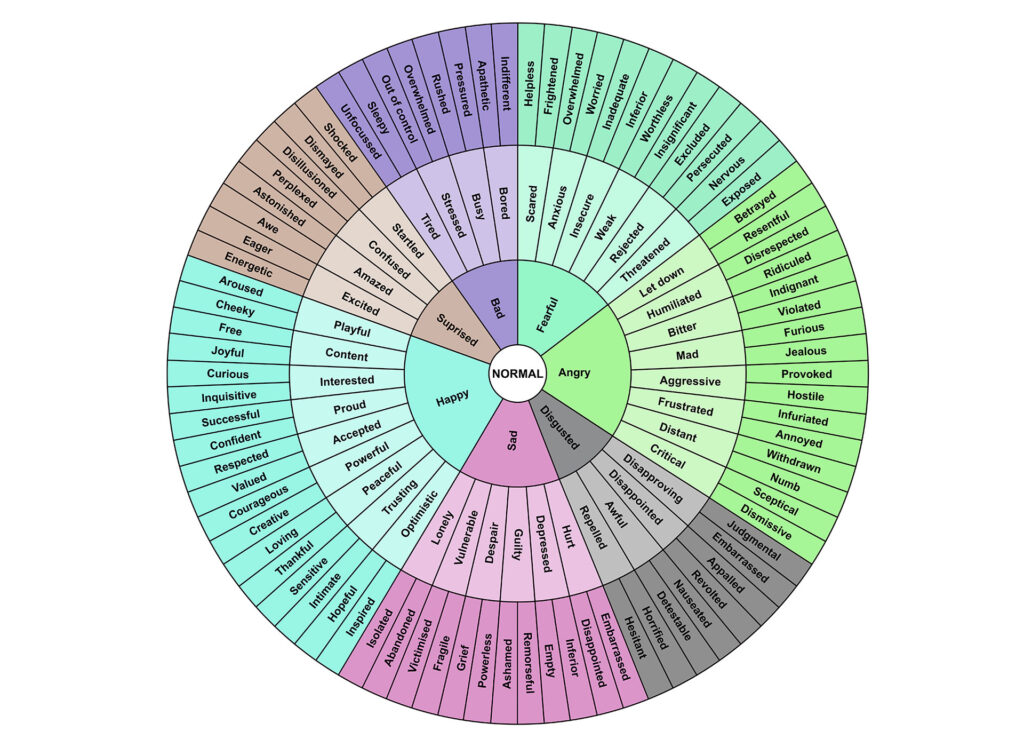click for a screen reader-friendly rendering of the above image
When tensions run high on a team, the natural advice is often, “Just get it off your chest.” Many leaders even encourage venting as a way to “clear the air.” But neuroscience tells a different story:
Venting doesn’t calm frustration—it fuels it.
Here’s why: Each time someone retells a frustrating story, their brain stays locked in the amygdala—the threat-detection center responsible for fight-or-flight responses. The more they repeat the story, the more they strengthen those same pathways. What feels like release is often just rehearsal, leaving the person angrier than when they started.
Fortunately, there’s a better way. Researchers at UCLA discovered that labeling emotions shifts brain activity from the amygdala to the prefrontal cortex. This part of the brain handles perspective, reasoning, and self-control. The act of saying, “I’m angry” or “I feel frustrated” literally helps the nervous system settle. Stress eases, and clarity returns.
For leaders, the takeaway is clear. Venting keeps teams stuck. Labeling makes space for problem-solving. In other words, venting keeps people in the heat of the moment; labeling cools things down and moves the group toward resolution.
Two Strategies for Leaders
1. Encourage naming before explaining.
When a team member is upset, invite them to start with the emotion rather than the story. A simple “Tell me how you’re feeling right now” can shift the conversation from rehashing to recognition. Once the individual names the emotion, they can share the details with more clarity and less reactivity.
2. Redirect from rehearsing to reframing.
If you notice a conversation circling the same complaint, guide the person to translate frustration into a need. Instead of another retelling, prompt with, “What do you need to move forward?” or “What would help you feel more supported?” This takes the focus off the past and channels the energy toward action.
If you’re wondering where to begin with labeling, I’ve included an “emotions wheel” at the top of this post. To view the full-size graphic in a separate window, click here. Start at the center of either map and then move outward to find more precise words. The more specific you can be, the more soothing it is for your nervous system because you’re present with your experience versus staying in a story about the past or future. “Being in story” creates more anxiety and amplifies the feelings that are present–so much that they can become overwhelming.
Take a minute to look at the tools. Notice where you land today. You might be surprised by how quickly naming your feeling changes the way you feel it and carry it. Try it with your team, too. When leaders bring this level of awareness into the room, conversations open up, and resilience grows. Don’t be afraid of someone’s responses, and don’t feel obligated to change or fix them. Just by naming them, we can give people permission to process them in a healthy and supported way.
Leaders set the emotional tone for their teams. By modeling labeling instead of venting, you create space for healthier conversations, faster recovery from conflict, and stronger team resilience. Less venting doesn’t mean bottling things up; it means leading emotions instead of letting them lead you.

